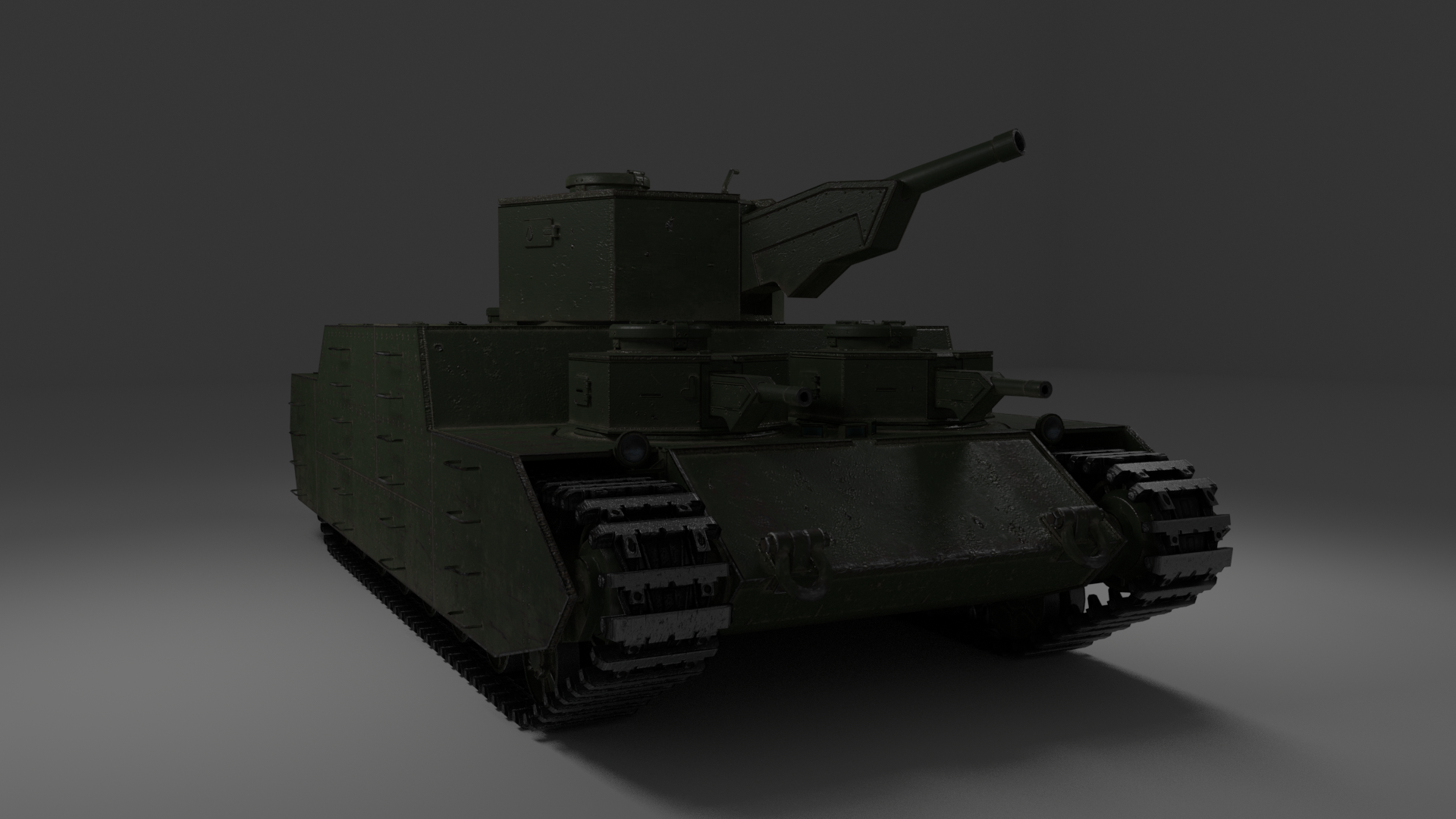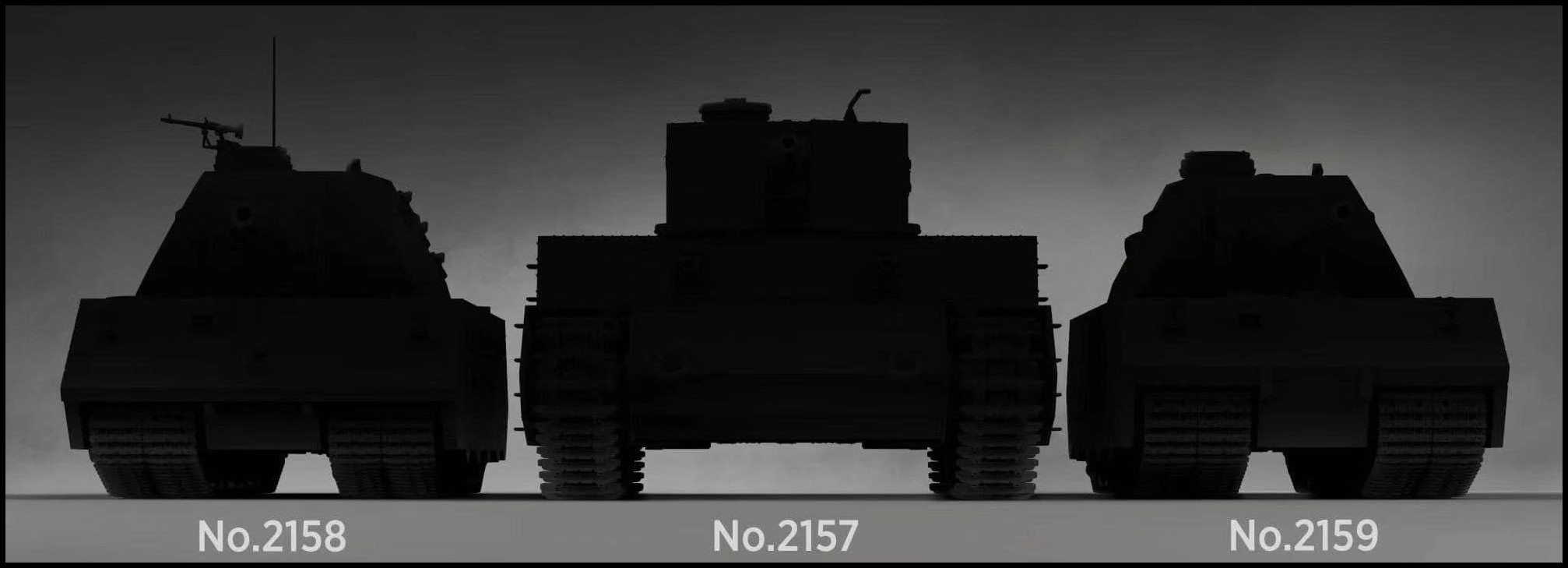- Yes
- No

*This is an image of a plastic model car made by Fine Mold.
This tank has been my most desired Japanese heavy tank for a long time. However, I thought it was a fictional vehicle for a long time, but when I looked into it, I found out that only the body existed, so I decided to write about it.
【Development history】
The Japanese Army planned to develop a super-heavy tank with an unprecedented weight of 150 tons, based on lessons learned from the Nomonhan Incident, which involved armed conflict with Soviet tank units on the Manchuria-Outer Mongolia border between May and September 1939.
This plan is said to have been carried out by Colonel Takeo Iwakata of the Ministry of War on his own initiative, without following any formal procedures.
This super-heavy tank adopted the concept of being disassembled and transported to the rear of the battle line, where it would be assembled and completed, with the dream of creating a mobile fortress of absolute power that would suddenly appear on the battlefield.
The secret name of this vehicle in the army was Oi-sha, which means large car No. 1, and among the employees of Mitsubishi Heavy Industries Tokyo Kiki Seisakusho, which was responsible for the design, it was called Mito-sha, taking the first letter of the company’s name.
【manufacturing】
Production of the oil vehicle began in April 1941, with the basic design being carried out by the Army Headquarters, Mitsubishi Heavy Industries Tokyo Kiki Seisakusho being selected as the manufacturer, and all assembly to be carried out by the Sagami Army Arsenal. However, it was full of problems, such as a reduction in the number of people involved in drafting work and production arrangements not yet completed.Despite these circumstances, Mitsubishi Heavy Industries continued manufacturing and completed the vehicle body. The decision was made to manufacture the turret on March 26, 1942, but it was delayed due to a lack of steel at the arsenal.
【test drive】
It was disassembled and transported from the Mitsubishi Heavy Industries factory to the Sagami Arsenal. Disassembly and transportation took place from May 26 to June 9, 1943, and assembly took place from July 1 to July 20, 1943. From August 1, 1943, running tests of an oil vehicle equipped with a wooden turret began. I was disappointed. Tests revealed that the engine was unreliable, tests were canceled, and the prototype was dismantled in late 1944.

[Performance]
Total length: 10.120 m
Overall width: 4.840 m
Total height: 3.630 m
Weight: Approximately 150 t
Suspension method: Vertical spring
Speed: Standard 18.7 km/h, maximum 29.4 km/h
Main gun: Planned to convert the Type 96 15 howitzer into the main turret.
Secondary armament: One set of 47mm tank guns in two secondary turrets at the front, and one gun mount at the rear equipped with a Type 97 7.7mm vehicle-mounted heavy machine gun converted into a twin machine gun.
Armor: 75+75 mm front, 35+35 mm side [2]
Engine: 2 water-cooled 60-degree V-type 12-cylinder gasoline engines
600hp

【photograph】

It’s the only remaining Oi car track, and it’s apparently very heavy.
Inside view
Prototype weight distribution
!

Engineer’s notebook recording the test
sauce
http://www.wakajishi.jp/shiryou.html
Thank you for watching this far








